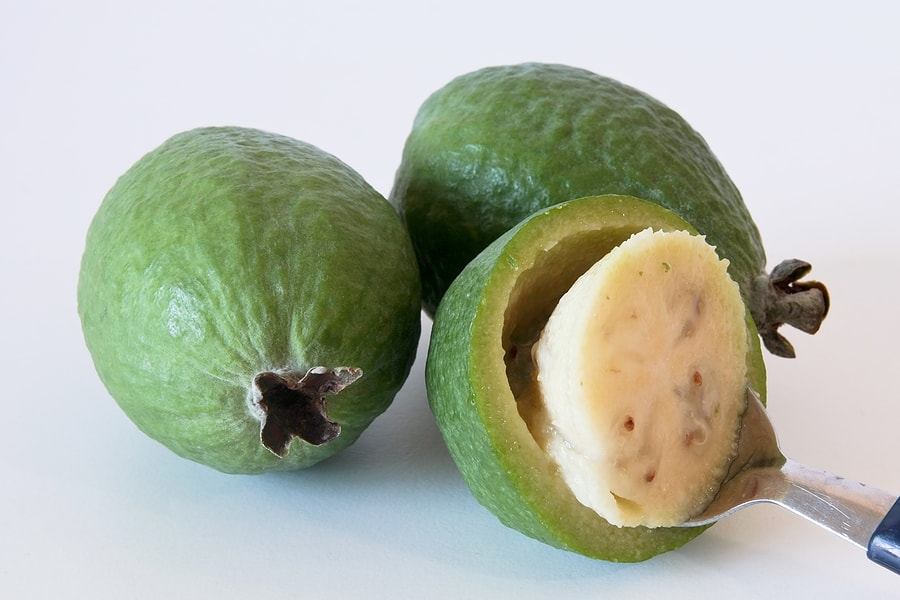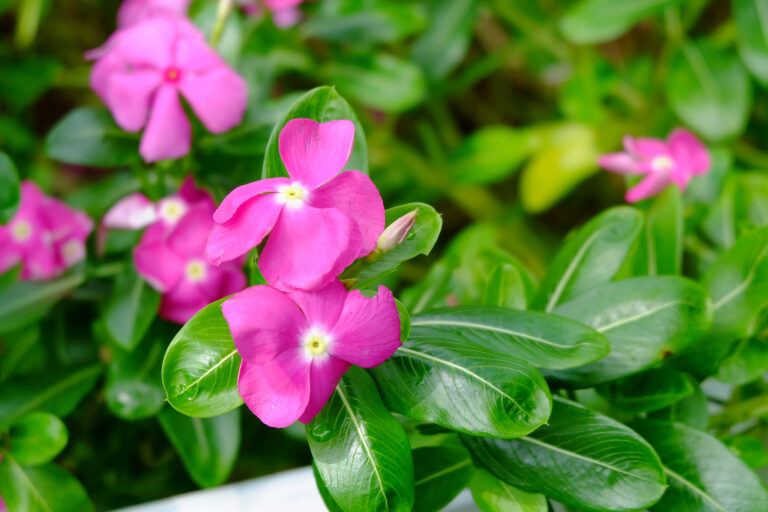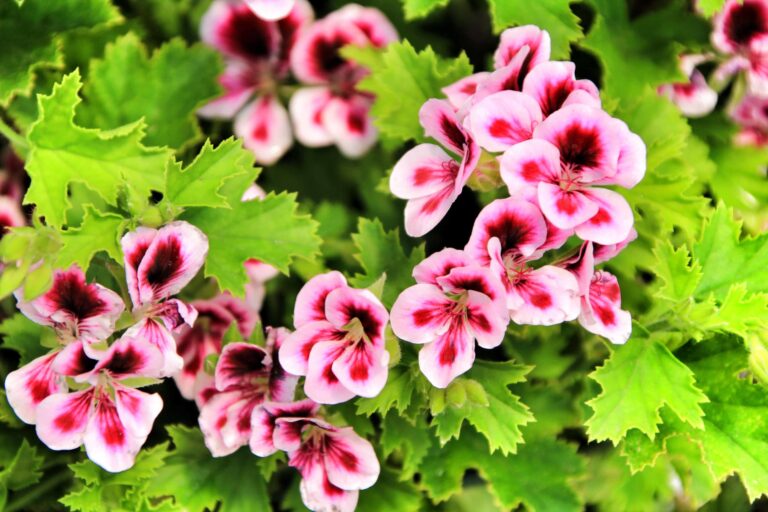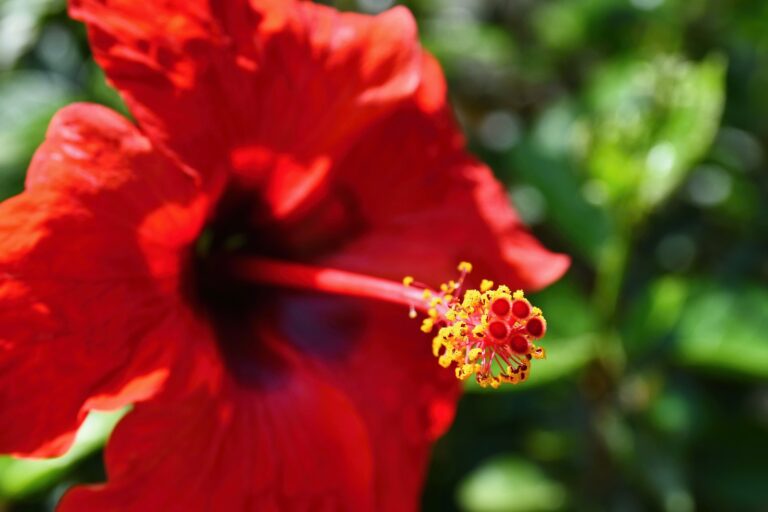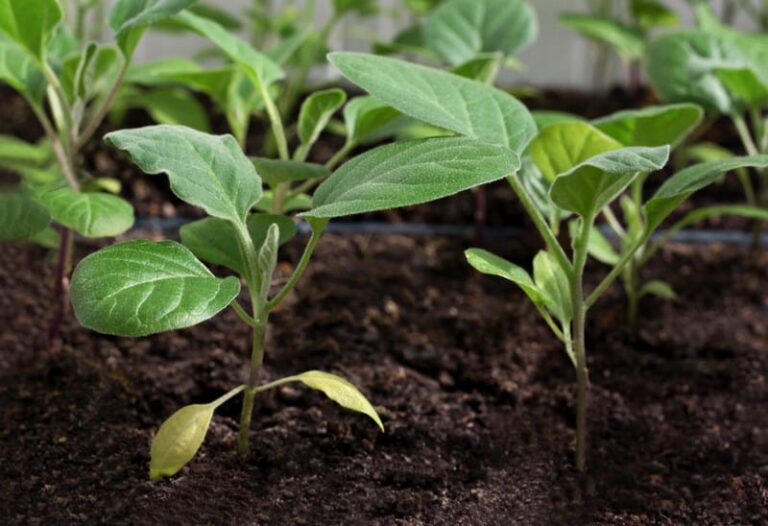How to Plant, Grow, and Harvest Feijoa Pineapple Guava
Feijo, also called pineapple guava, is a small oval fruit with smooth, gray-green skin and creamy white flesh that is juicy and pearlike. The flavor of feijoa is sweet and reminiscent of pineapple, pear, and banana.
Feijo fruit resembles unripe medium-sized guava from a distance. The fruit is 2½ inches long and 2 inches in diameter.
Related article:
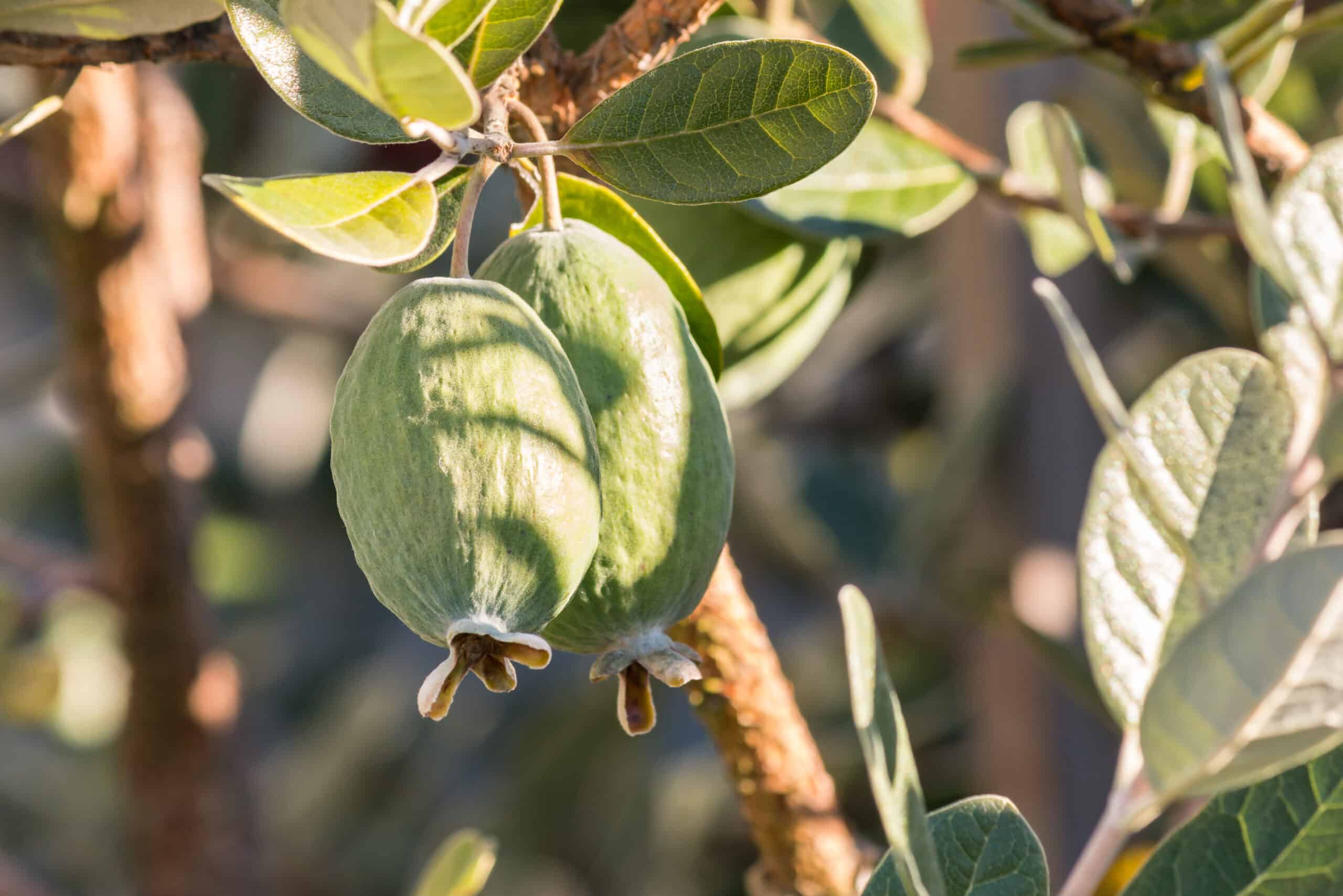
Feijo can be peeled and sliced and added to fruit salads or used in preserves, jellies, sorbets, and mousses.
The botanical name for feijoa is Feijoa sellowiana (Acca sellowiana). The plant is a medium-sized, slow-growing, evergreen shrub, never more than 15 feet tall. Feijo can be trained as a small tree. Feijo is native to South America and is grown widely in California and the South Pacific.
Here is your complete guide for growing feijo pineapple guava
Best climate and site for growing feijo
- Feijoas grow best where average summer temperatures range between 80° and 90° Feijos can withstand temperatures as low as 15°F. Flower and fruit production requires 50 chilling hours each year, that is temperatures of 43°F or less.
- Plant feijoa in full sun; plants can tolerate partial shade.
- Plant feijoas in compost-rich, loamy soil that is well-drained.
- Feijoas grow best with a soil pH between 5.5 and 7.0.
- Avoid planting feijoas in low spots were cold air or frost can settle. Spring blossoms and fall fruit can be harmed by frost.
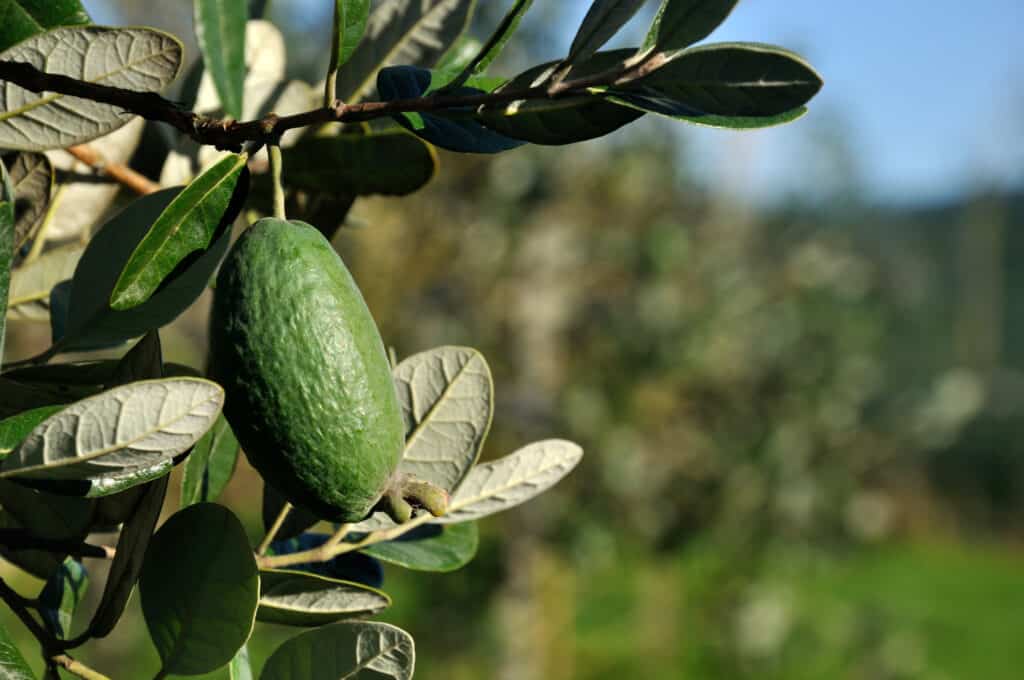
Planting feijo
- Plant container-grown feijoa in spring or early summer before hot, dry weather comes. Feijo also can be planted in the fall.
- Prepare a planting site in full sun that is sheltered from a prevailing breeze or wind.
- Work well-rotted compost or manure into the soil.
- Dig a hole half again as deep and twice as wide as the plant’s roots. Add a cupful of all-purpose fertilizer to the bottom of the hole.
- Set the plant in the hole so that the soil mark from the nursery pot on the stem is at the surface level of the surrounding soil. Spread the roots out in all directions.
- Re-fill the hole with half native soil and half aged compost or commercial organic planting mix; firm in the soil so that there are no air pockets among the roots. Water in the soil and create a modest soil basin around the plant to hold water at watering time.
- After planting, water each tree thoroughly and fertilize it with a high-phosphorus liquid starter fertilizer.
Spacing feijoa
- Feijoas can grow to 15 feet tall and wide but are commonly smaller.
- Feijoas can be planted close together as a hedge or trained to a single trunk as a small tree.
- Space plants 10 to 15 feet apart.
Container growing feijoa
- Feijoas can be grown in containers. Choose a container 24 inches wide and deep. Repot feijoas every year or two to avoid roots becoming crowded.
Feijoa pollination
- Feijoas are pollinated by bees and birds that visit the flowers.
- Flowers can also be hand pollinated.
- Plant feijoas close together to ensure cross-pollination; poor fruit set is the result of inadequate pollination.
Feijo care, feeding, and watering
- Keep feijoas well-watered; lack of water can cause fruit drop. Water deeply regularly.
- Mulch around plants with aged compost to protect shallow roots and slow soil moisture evaporation.
- Feed feijoa a balanced 10-10-10 all-purpose fertilizer once every two months.
Pruning and thinning feijoa
- Feijoas will benefit from light maintenance pruning each year. Remove dead, broken, and diseased branches.
- Thinning crowded interior growth allows sunlight to reach developing and ripening fruit. Thinning also makes fruit harvest easier.
- Feijoas grown as a hedge can be sheared, but fruit production will be reduced.
Harvesting and storing feijoa
- Feijoas bear fruit 3 to 5 years after germination.
- Fruits are ripe and ready for harvest 4½ to 6 months after flowering usually in late summer into early winter.
- Fruits do not make a significant color change as they mature and ripen; harvest fruits by giving the plant a shake; ripe fruits will drop to the ground. Spread a tarp or sheet on the ground to catch ripe fruit. Give plants a shake every few days to gather newly ripened fruit.
- Ripe fruit is fragrant and gives slightly to gentle pressure. The unripe fruit is firm.
- Ripe feijoa fruit will keep in a plastic bag in the refrigerator for about one week.
- Unripe fruit will ripen at room temperature.
- Peeled fruit should be dipped in water with lemon juice to keep the flesh from turning brown.
- Feijoas can be eaten fresh in deserts and salads; they can also be cooked.
Propagating feijoa
- Feijo is easily grown from seed. Separate seeds from the pulp. Dry seeds before sowing.
- Feijo can be propagated by softwood cuttings. Dip cutting in a rooting hormone before planting.
Feijoa problems and controls
- Feijo is generally pest and disease-resistant.
- Birds may feed on ripe fruit. Bird netting will exclude birds.
- Black scale may attack stems and branches. Smother scale with horticultural oil.
Fall and winter feijoa care
- Feijo is an evergreen plant. Thin and prune plants following harvest.
Feijoa varieties to grow
There are numerous named cultivars of feijoa. Here are six that have excellent flavor.
- ‘Apollo’: medium to large oval fruit; smooth light-green with blue skin; slightly gritty pulp; pleasant to excellent flavor.
- ‘Edenvale Improved Coolidge’: large, oblong fruit; excellent flavor; ripens in autumn; slow-growing tree; self-fruitful; grows best in cool, coastal areas.
- ‘Edenvale Late’: medium size, oblong fruit; excellent flavor and quality; ripens in winter; slow-growing tree; self-fruitful; grows best in cool, coastal areas.
- ‘Edenvale Supreme’: medium-sized, oblong fruit; excellent flavor and quality; ripens in late autumn; slow-growing tree; self-fruitful.
- ‘Gemini’: small to medium, egg-shaped fruit; smooth, thin, dark green skin; flavor and texture excellent; fruit ripens in early autumn; the tree grows to 8 feet; self-fruitful.
- ‘Triumph’: short, oval, plump fruit; uneven skin; gritty flesh; excellent flavor; ripens late autumn; bears heavily if pollinated.
Also of interest:
Related articles:
Planning the Home Fruit Garden
Garden Planning Books at Amazon:
- Vegetable Garden Almanac & Planner
- Kitchen Garden Grower’s Guide Vegetable Encyclopedia
- Vegetable Garden Grower’s Guide
- Tomato Grower’s Answer Book
More fruit-growing articles:
Learn how to plant, grow, prune, and harvest your favorite fruits. Click below for all you need to know.
- Apple
- Apricot
- Avocado
- Banana
- Blackberry
- Blueberry
- Cantaloupe
- Chayote
- Cherimoya
- Cherry
- Citrus
- Clementine
- Cranberry
- Currants
- Elderberry
- Feijoa
- Fig
- Gooseberry
- Grape
- Grapefruit
- Guava
- Kiwifruit
- Kumquat
- Lemon
- Lime
- Loquat
- Mandarin
- Mango
- Melon
- Mulberry
- Muskmelon
- Nectarine
- Olive
- Orange
- Papaya
- Passion Fruit
- Peach
- Pear
- Persimmon
- Pineapple
- Pineapple Guava
- Plantain
- Plum
- Pomegranate
- Pumpkin
- Quince
- Raspberry
- Strawberry
- Tangelo
- Tangerine
- Tangor
- Watermelon

